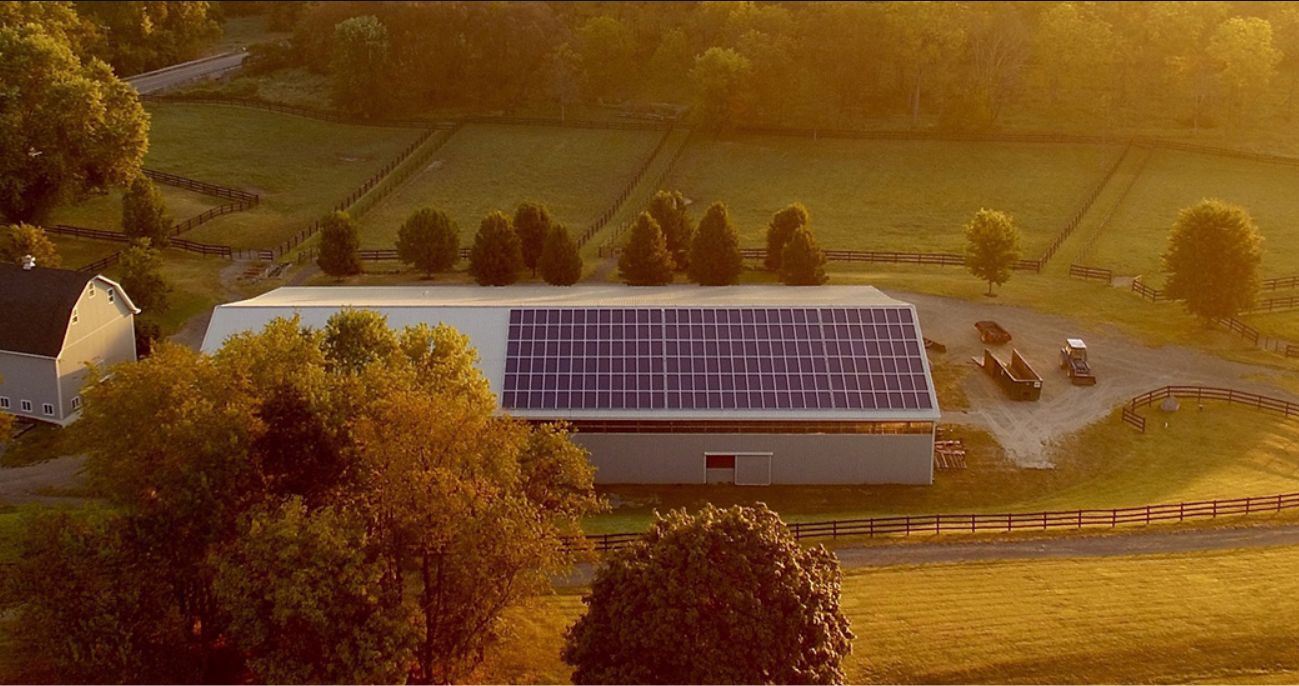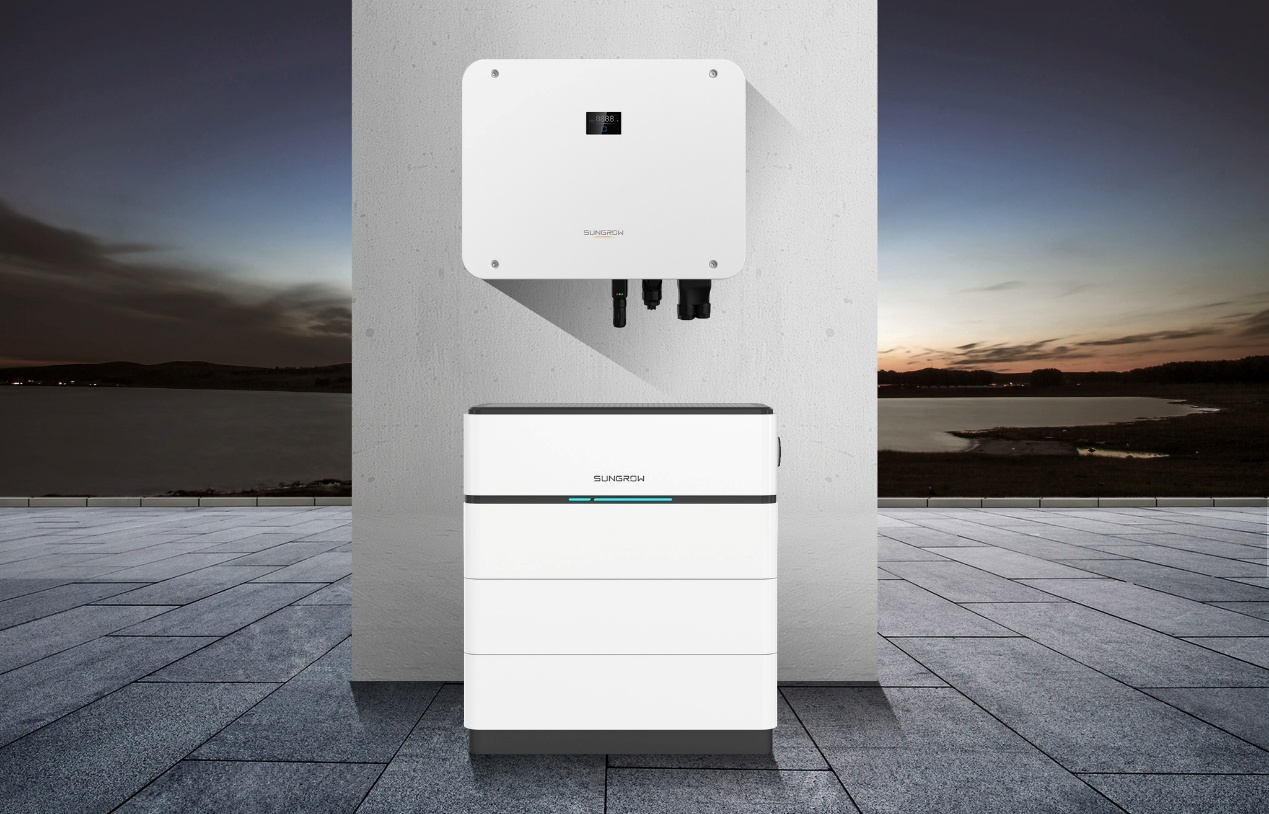A hybrid inverter is a key component of an advanced energy management system that combines a solar inverter with a battery management system. This technology allows homeowners to maximize their solar energy use, store excess energy, and provide backup power during outages.
Optimizing hybrid inverter configurations is crucial for improving energy efficiency, reducing electricity bills, and ensuring reliable power supply. In this guide, we’ll explore the best settings and configurations for Sungrow hybrid inverters, which are known for their efficiency and smart management features.

What is a Hybrid Inverter?
A solar inverter is a device that converts DC (direct current) power from solar panels into AC (alternating current) for home use. Unlike standard inverters, a hybrid inverter also has the ability to store excess energy in batteries, making it a smart solution for homes looking for energy independence. This stored energy can then be used during the evening, on cloudy days, or during power outages, ensuring a continuous energy supply. By intelligently managing energy flow between solar panels, the grid, and battery storage, hybrid inverters allow homeowners to maximize their solar investment and reduce their reliance on utility companies.
1. Hybrid Solar Inverter vs. Other Inverters
Feature | Hybrid Solar Inverter | Grid-Tied Inverter | Off-Grid Inverter |
Connects to the Grid | Yes | Yes | No |
Works with Batteries | Yes | No | Yes |
Provides Backup Power | Yes | No | Yes |
Optimizes Energy Usage | Yes | No | No |
Stores Excess Energy | Yes | No | Yes |
Works Without Grid | Yes | No | Yes |
Hybrid inverters combine the best of both worlds, allowing homeowners to benefit from solar energy while maintaining a connection to the grid for backup purposes. Unlike traditional grid-tied inverters that stop working during blackouts, hybrid inverters can continue supplying power to essential appliances, making them a more resilient and flexible choice for modern energy needs.
2. Core Benefits of Hybrid Inverters
Energy Independence: Reduces reliance on the grid and lowers energy costs by utilizing stored solar energy when sunlight isn’t available.
Backup Power: Ensures essential appliances such as refrigerators, lights, and Wi-Fi remain operational during power outages.
Cost Savings: Uses stored energy during peak hours when electricity rates are higher, significantly cutting down utility bills.
Smart Energy Management: Modern hybrid inverters come with AI-driven features that optimize energy flow, automatically selecting the best power source based on demand and availability.
Greater Solar Utilization: Traditional grid-tied systems often waste excess solar energy when battery storage isn't available, but hybrid inverters ensure that surplus power is stored and efficiently used when needed.

Optimal Configurations for a Hybrid Inverter
To get the most out of a hybrid inverter, it’s essential to configure it correctly based on household energy needs and grid conditions. Proper configurations can enhance efficiency, reduce electricity bills, and ensure uninterrupted power supply. Below are key factors to consider when optimizing your hybrid inverter settings.
1. Battery Sizing and Compatibility
Choosing the right battery size is key to optimizing energy storage and usage. Consider these factors:
Household energy consumption: Calculate daily power usage to determine battery capacity.
Battery type compatibility: Hybrid inverters work best with lithium-ion batteries, especially LFP batteries, which last longer and offer better efficiency than lead-acid batteries.
Sungrow’s advantage: Sungrow hybrid inverters are compatible with top-tier battery brands, ensuring seamless integration.
2. Time-of-Use (TOU) Settings
Many electricity providers charge higher rates during peak hours. TOU settings allow you to:
Store solar energy when rates are low (off-peak hours).
Use stored energy during peak tariff periods, reducing electricity costs.
Sungrow hybrid inverters feature an intuitive TOU interface for automatic energy management.
3. Backup Power Configuration
To ensure a reliable power supply during outages, configure your hybrid inverter to:
Prioritize critical loads (e.g., lights, refrigerator, Wi-Fi, medical devices).
Automatically switch to battery power when the grid goes down.
Sungrow hybrid inverters offer seamless transition features, ensuring uninterrupted power.
4. PV and Battery Charging Settings
For maximum efficiency:
Balance solar power usage and battery charging.
Prevent overcharging or deep discharging to extend battery life.
Sungrow hybrid inverters automate charge and discharge cycles for optimal battery performance.
5. Grid-Tied vs. Off-Grid Mode
Hybrid inverters can operate in different modes:
Grid-Tied Mode: Uses solar and grid power while selling excess energy back to the grid.
Off-Grid Mode: Operates independently without grid power, ideal for remote areas.
Sungrow hybrid inverters offer flexible switching between these modes based on energy needs.

Why Choose Sungrow Hybrid Inverters?
When selecting a hybrid inverter, homeowners should consider factors such as efficiency, reliability, safety, and ease of use. Sungrow hybrid inverters stand out in the market due to their advanced technology, user-friendly design, and proven track record.
The Sungrow Three Phase Residential Hybrid Inverter SH15/20/25T is a powerful and flexible solution for homeowners seeking advanced energy management. It offers full home backup with a built-in 63A bypass and a 10ms seamless switch for uninterrupted power. With a peak output of up to 36,500VA in backup mode (SH25T model), it ensures reliable energy supply. Its support for 100% unbalanced output and fast 50A charge/discharge current make it highly adaptable. Additionally, its plug-and-play installation, quiet operation, and IP65/C5 durability rating make it a practical and long-lasting choice.
Conclusion
Optimizing hybrid inverter configurations is key to maximizing energy savings and system efficiency. By choosing the right battery size, configuring TOU settings, and utilizing backup power modes, homeowners can achieve greater energy independence.
Sungrow hybrid inverters simplify this process with their smart automation, flexible settings, and user-friendly interface, making them a top choice for residential solar systems. Investing in the right configurations today will ensure long-term benefits in energy efficiency and cost savings.